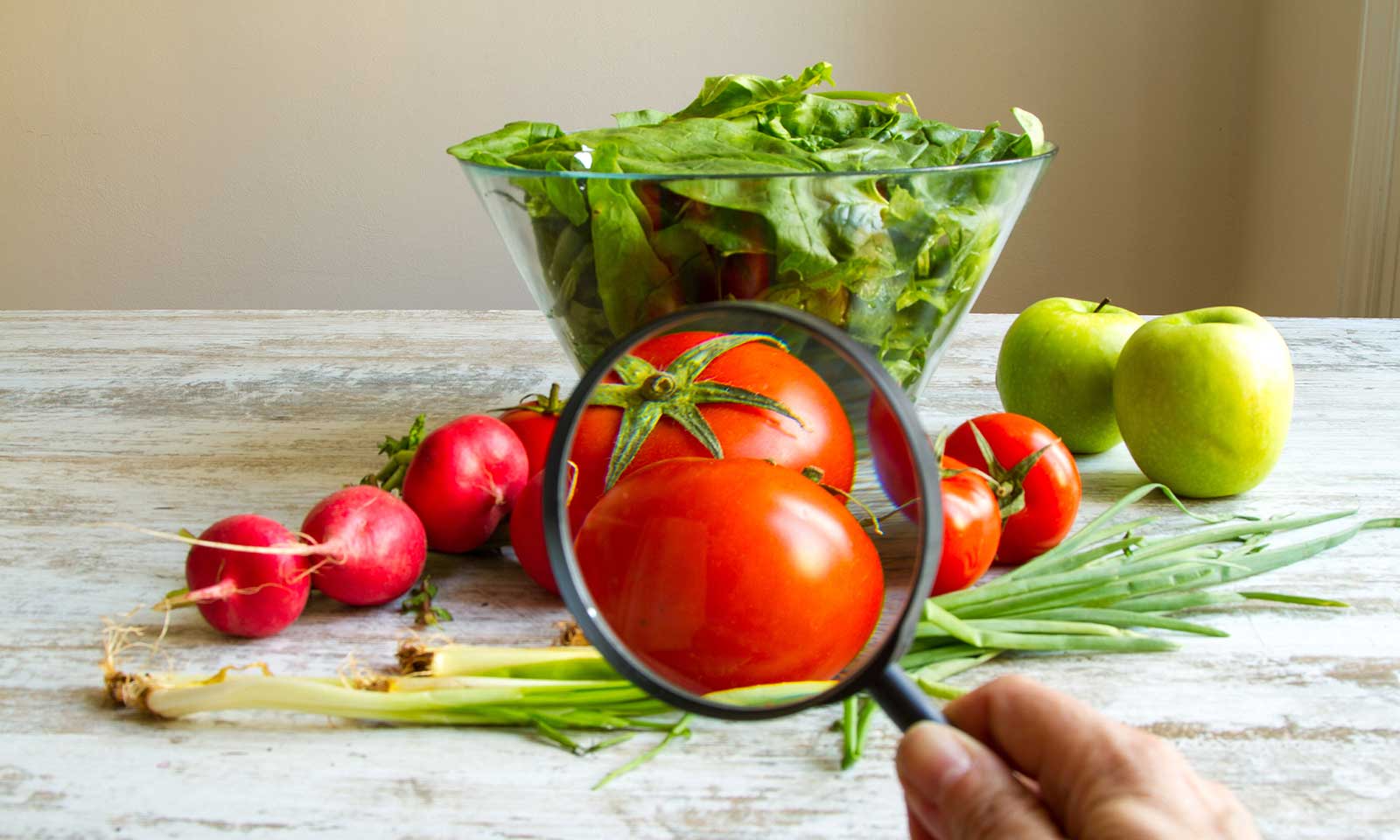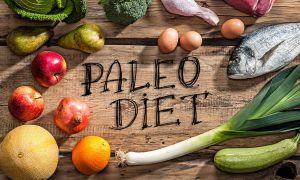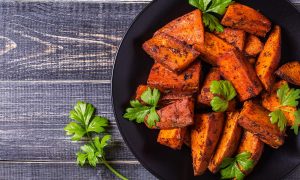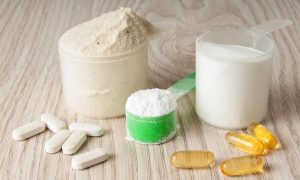7 Effective Ways Of Avoiding Food Poisoning

|
|
For most of us, cooking is an essential part of our day to day life and it is often about so much more than just preparing food to get us through the day. Cooking is an enjoyable pastime for many of us, as it gives us a chance to get away and escape into the kitchen and enjoy a little time to ourselves. When it comes to the preparation and cooking of food however, safety, health, and hygiene is absolutely paramount as food poisoning has been known to be fatal and it is certainly not something that we should take lightly. Every single year, millions upon millions of people all across the globe suffer with food poisoning, and if you yourself have ever experienced it firsthand, you’ll know that it is not a pleasant experience. Food poisoning can render us immobile, bed-ridden, and as mentioned before, it has been known to be fatal. Most people associate food poisoning with dirty and unhygienic cafes, bars, and restaurants etc when in reality most cases of food poisoning actually originate in the home and are caused due to a lack of hygiene and health and safety protocols by us when we prepare food for ourselves and our families. To ensure you avoid becoming ill due to food poisoning, take a look at these effective yet painfully simple ways of avoiding food poisoning.
Always wash your hands regularly

To help ensure you remain fit and healthy, and free from any bugs or illnesses, get into the habit of washing your hands on a regular basis. Every time you go to the toilet you should wash your hands, with soap and water, but as well as that, every time you handle food of any kind, before touching something else you should again wash your hands thoroughly. It’s especially important to wash your hands after doing any of the following:
• Touching bins
• Going to the toilet
• Handling raw meat or fish
• Touching animals
• Handling money
• Blowing your nose
• Handling vegetables
Wipe down worktops carefully
After using worktops to prepare food, always ensure that you carefully wipe down worktops thoroughly, using antibacterial soap and a clean dishcloth. Even if you used a chopping board on the worktop, you should still wipe down the worktop as raw meat juices and tiny food particles can splash onto work surfaces, which may be invisible to the naked eye.
Use clean dishcloths to wipe down surfaces
After using a dishcloth to wipe down a worktop that had raw chicken on it, don’t just rinse the cloth under running water and expect it to be ok to use again. That cloth will now be swimming with bacteria and if you were to use it again, all you would do would be to spread germs around your kitchen. When using a dishcloth to clean worktops and surfaces, when you’ve finished with them, put them to be washed and allow them to dry thoroughly before you use them again. To make life easier, invest in several dishcloths so you have ones to use when others are being washed.
Never use the same chopping board for raw food and cooked

If you are using a chopping board to dice up some raw chicken, don’t then use the same chopping board to chop up some vegetables when you’ve finished. Instead, have a separate chopping board for raw meats, and one for cooked produce or fresh vegetables. Raw meats often contain harmful bacteria that can very easily be spread to a number of other foods they come into contact with, so using the same chopping board for raw meat and raw food only, is the best chance you have of avoiding cross contamination of other foods.
Store raw meat on the bottom shelf of your fridge
When storing raw meat in your fridge, never store it on the higher shelves, instead store it on the bottom shelf of your fridge. The reason for this is that by storing raw meat higher up, the meat could potentially drip onto any cooked foods stored below it in the fridge, therefore contaminating cooked produce. By storing it on the bottom shelf, there will be no food below the meat, so even if it did drip, it wouldn’t be able to drip on any food below it, so other foods wouldn’t become contaminated.
Store raw meat separately
When storing raw meat in your fridge, always set aside the bottom shelf for raw meat and raw meat only, as the last thing you want is for other foods to come into contact with the meat, where they can then find themselves contaminated and exposed to harmful bacteria. Simply put, if you store any cooked, read-to-eat foods in your fridge, never store them on the same shelf, or below, raw meat.
Always wipe down contact points
Numerous studies have found that the two most common locations for harbouring harmful bacteria responsible for causing food poisoning is the fridge door, and cupboard handles. These, as well as oven doors, microwave doors etc, are known as contact points because we use our hands to open them. If you’ve been chopping raw chicken and have raw chicken remnants all over your hand, and then use that same hand to open your fridge door to grab an onion, the fridge door handle will now be swimming in harmful bacteria. Always thoroughly wipe down contact points in your kitchen using anti-bacterial soap and water, and a clean dishcloth.














